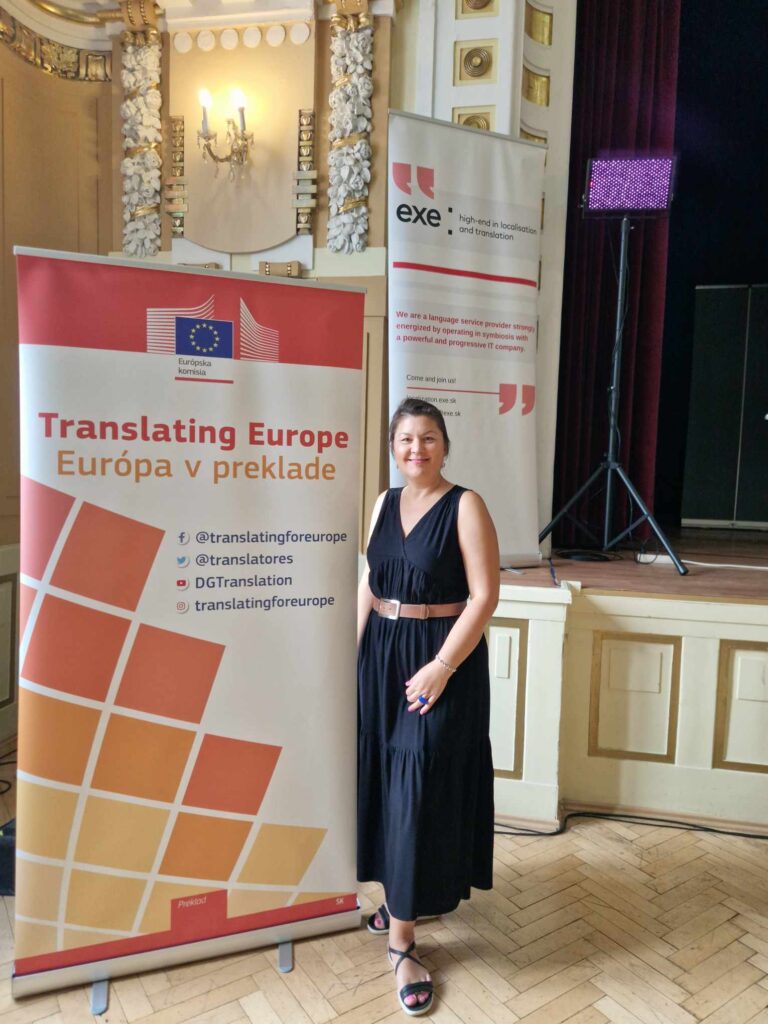On the 30th of September, the International Day of Translators, a researcher at Kaunas University of Technology (KTU) decided to investigate a non-traditional genre of translation – humour, the translation of which has been a source of frustration for language specialists and translators for decades. Humour is based on cultural nuances and language-specific phraseologies, which makes it quite a challenge for translators.
 Jurgita Motiejūnienė, lecturer of translation and oral interpretation of the Technical Language Translation study programme at the KTU Faculty of Social Sciences, Arts and Humanities shares her experience on unconventional translations.
Jurgita Motiejūnienė, lecturer of translation and oral interpretation of the Technical Language Translation study programme at the KTU Faculty of Social Sciences, Arts and Humanities shares her experience on unconventional translations.
“When students grow weary of searching for Lithuanian equivalents of specialised technical terms, I suggest they try translating something more fun – a meme or a cartoon. And then we realise that neither machine translation nor “ChatGPT”, and perhaps not even a dictionary will be of assistance. Such a task might take a week, or perhaps the perfect translation will appear in a dream or unexpectedly come to mind while walking down the street”, says the KTU lecturer.
“For example, let’s look at a pun. The funny thing about a pun is the many meanings of a single word or similar-sounding words, which are often unique to a particular language. An English pun translated directly into Lithuanian may lose its funny-ness because the wordplay does not exist in the language into which it is translated. Therefore, translators (people) use different strategies to restore the intended amount of wit, considering cultural references, linguistic structures, or even social norms”, she says.
What is the position of AI in this context? According to the KTU researcher, traditional machine translation algorithms, such as rule-based or statistical models, are not effective enough in the field of humour translation.
 “They lack the ability to understand context and complex layers of meaning. However, newer AI models that incorporate deep learning and large datasets are promising. These algorithms analyse the syntactic and semantic aspects of language at a much more refined level. They can identify idiomatic expressions more efficiently and sometimes even suggest culturally appropriate equivalents” – explains J. Motiejūnienė.
“They lack the ability to understand context and complex layers of meaning. However, newer AI models that incorporate deep learning and large datasets are promising. These algorithms analyse the syntactic and semantic aspects of language at a much more refined level. They can identify idiomatic expressions more efficiently and sometimes even suggest culturally appropriate equivalents” – explains J. Motiejūnienė.
But can they translate humour effectively? The quick answer is – not yet, but we are getting there. Current AI systems can sometimes replicate basic forms of humour, such as simple puns or jokes.
But the complex interplay between language and culture in humour, such as satire, irony or jokes based on issues of topic, is still not understood by machines. These challenges make humour one of the highest thresholds which AI systems are not yet able to cross.
While it is easy to dismiss experiments in AI translating humour as the inability of machines to understand human complexity, it is important to acknowledge the enormous progress AI has made.
“We have reached a stage where AI can help human translators produce more accurate translations, even if AI does not impress humans with its wit. In this sense, AI is acting as a valuable tool that may one day be able to make a more significant contribution to revealing the universal language of humour”, says J. Motiejūnienė.